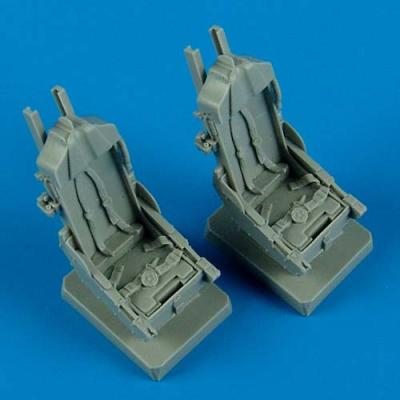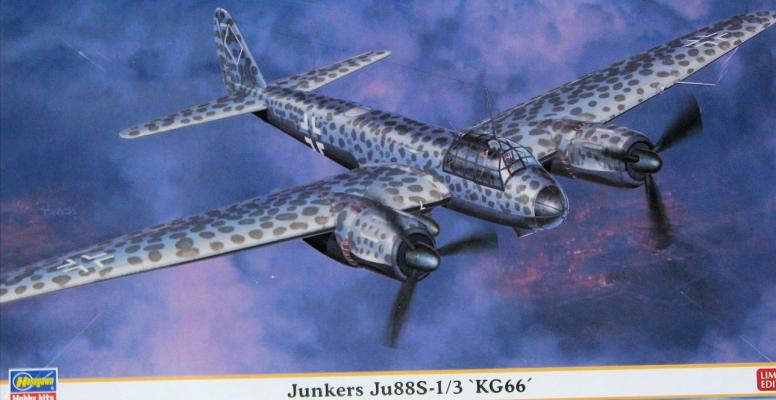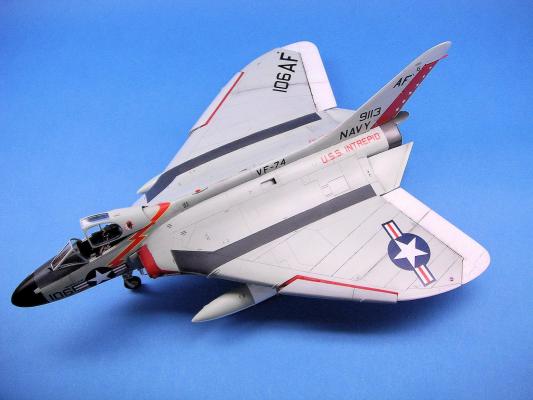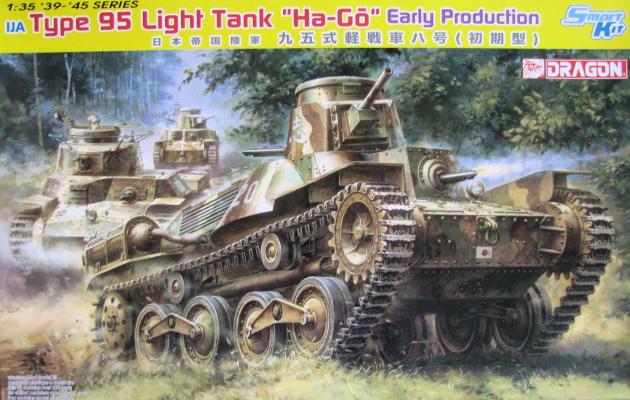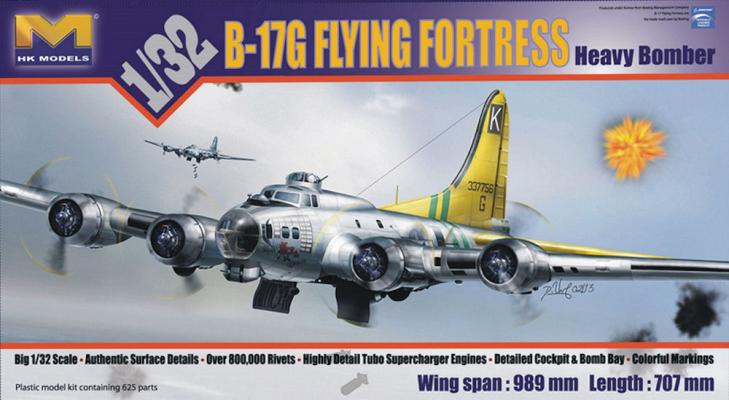AFV surprised a lot of people with a aircraft release as they normally do military vehicles. The f-5E/F series us superb and has all the needed detail for a great build. As with a lot of kits, the one thing they have trouble replicating is the ejection seat. Quickboost to the rescue with two sets of seats. one is for the single seat F-5e and one set for the two seat F-5F. The seats are the same in both sets which is why I combined the review. The casting quality is all the we have come to expect with no flash, zero bubbles and that nice firm dark gray resin.
The comparison in the photo of the kit seat versus the Quickboost show just how much better the Quickboost seat is and it includes all the belts. The addition to the kit is simple, cut of the casting block, paint the seat and install it. Also shown in the pictures is a shot of the Quickboost seat in the cockpit of the kit- fit is perfect.











